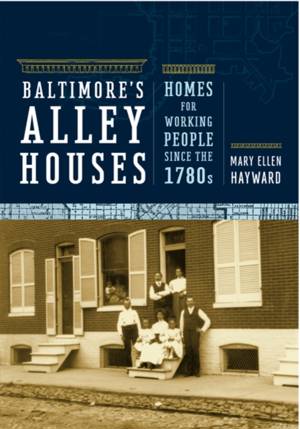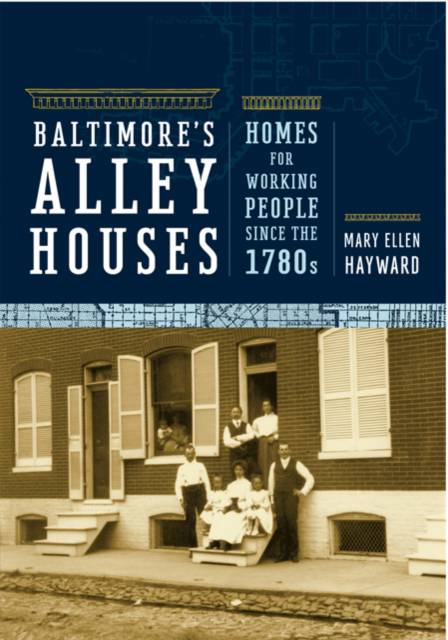
- Afhalen na 1 uur in een winkel met voorraad
- Gratis thuislevering in België vanaf € 30
- Ruim aanbod met 7 miljoen producten
- Afhalen na 1 uur in een winkel met voorraad
- Gratis thuislevering in België vanaf € 30
- Ruim aanbod met 7 miljoen producten
Omschrijving
Winner, 2009 Abbott Lowell Cummings Prize. Vernacular Architecture Forum
This pioneering study explains how one of America's important early cities responded to the challenge of housing its poorer citizens. Where and how did the working poor live? How did builders and developers provide reasonably priced housing for lower-income groups during the city's growth?
Having studied over 3,000 surviving alley houses in Baltimore through extensive land records and census research, Mary Ellen Hayward systematically reconstructs the lives, households, and neighborhoods that once thrived on the city's narrowest streets.
In the past, these neighborhoods were sometimes referred to as "dilapidated," "blighted," or "poverty stricken." In Baltimore's Alley Houses, Hayward reveals the rich cultural and ethnic traditions that formed the African-American and immigrant Irish, German, Bohemian, and Polish communities that made their homes on the city's alley streets.
Featuring more than one hundred historic images, Baltimore's Alley Houses documents the changing architectural styles of low-income housing over two centuries and reveals the complex lives of its residents.
Specificaties
Betrokkenen
- Auteur(s):
- Uitgeverij:
Inhoud
- Aantal bladzijden:
- 328
- Taal:
- Engels
- Reeks:
Eigenschappen
- Productcode (EAN):
- 9780801888342
- Verschijningsdatum:
- 31/10/2008
- Uitvoering:
- Hardcover
- Formaat:
- Genaaid
- Afmetingen:
- 180 mm x 257 mm
- Gewicht:
- 997 g

Alleen bij Standaard Boekhandel
Beoordelingen
We publiceren alleen reviews die voldoen aan de voorwaarden voor reviews. Bekijk onze voorwaarden voor reviews.











